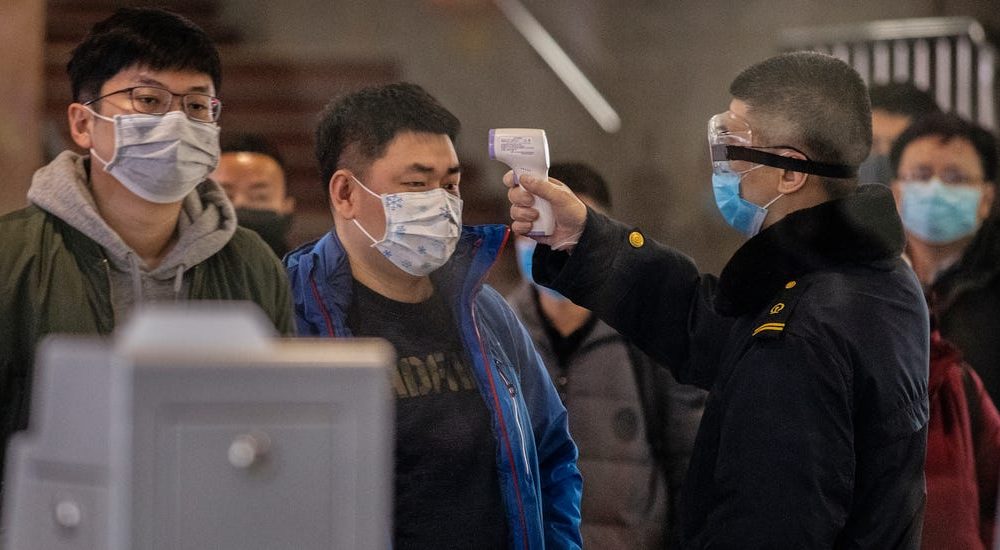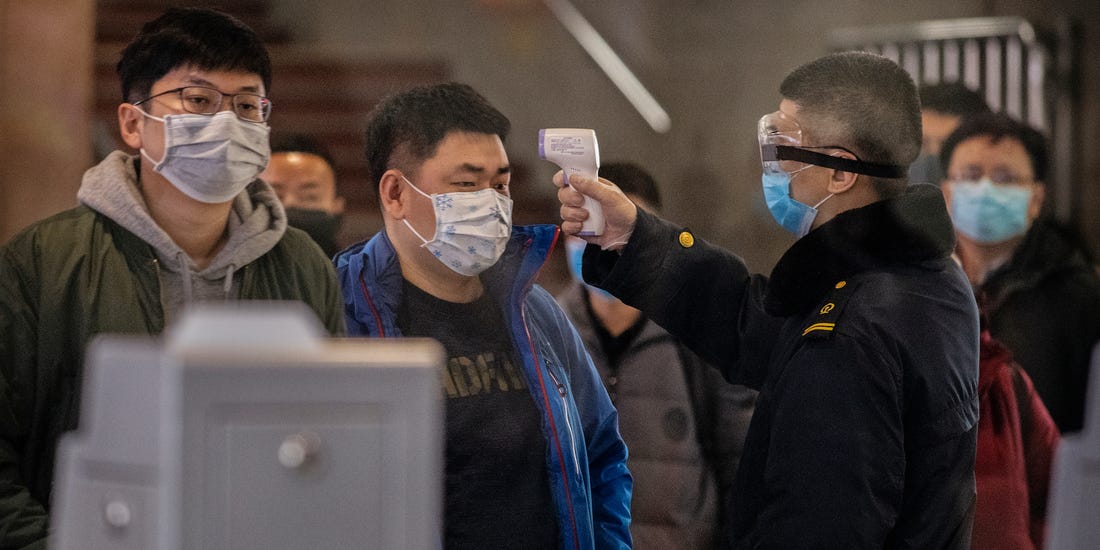
Coronavirus | Flu, HIV drugs may help fight the virus
 As the doctors and scientists all over the world run searching for the exact cause and treatment of the deadly coronavirus, Thai doctors claim they’ve seen success in treating severe cases of the coronavirus with the combination of medications for flu and HIV. According to the doctors, the initial results show vast improvement in a Chinese woman 48 hours after applying the treatment.
As the doctors and scientists all over the world run searching for the exact cause and treatment of the deadly coronavirus, Thai doctors claim they’ve seen success in treating severe cases of the coronavirus with the combination of medications for flu and HIV. According to the doctors, the initial results show vast improvement in a Chinese woman 48 hours after applying the treatment.
Dr Kriengsak Attipornwanich, a lung specialist at Rajavithi Hospital, Bangkok said that this new approach in coronavirus treatment had improved the condition of one 70-year-old Chinese woman from Wuhan who tested positive for the coronavirus for ten days.
“This is not a cure, but the patient’s condition has vastly improved. From testing positive for ten days under our care, after applying this combination of medicine the test result became negative within 48 hours,” he added.
The health officials of China is already using HIV and flu drugs to fight the coronavirus. But the combination of all three drugs in a cockatiel seemed to improve the treatment.
Also, a doctor said that a similar approach in two other patients resulted in one displaying some allergic reaction while the other showed improvement. Somsak Akkslim, director-general of the Medical Services Department said have been following international practices, but the doctor increased the dosage of one of the drugs.
So far, Thailand has recorded 19 cases of coronavirus, where eight have recovered and gone home while 11 are still under treatment in hospitals.
At the same time, research published in ‘The Lancet’ says that up to 75,800 individuals in the Chinese city of Wuhan may have been infected with 2019 novel coronavirus (2019-nCoV) as of January 25, 2020.
“Not everyone who is infected with 2019-nCoV would require or seek medical attention. During the urgent demands of a rapidly expanding epidemic of a completely new virus, especially when system capacity is getting overwhelmed, some of those infected may be undercounted in the official register,” says Gabriel Leung from the University of Hong Kong highlights.
He also explains that the apparent discrepancy between our modelled estimates of 2019-nCoV infections and the actual number of confirmed cases in Wuhan could also be due to several other factors. There is a time lag between infection and symptom onset, delays in infected persons coming to medical attention, and time is taken to confirm cases by laboratory testing, which could all affect overall recording and reporting.
The possibility is epidemics could be already growing in multiple major Chinese cities, with a time lag of one to two weeks behind Wuhan, said co-author of the Lancet study, Joseph Wu, a professor at the University of Hong Kong.
The researchers have used the mathematical model to estimate the size of the epidemic based on officially reported 2019-nCoV case data, and domestic as well as the international travel data. As per this estimate, the researchers said that in the early stages of the Wuhan outbreak each person infected with could have spread the virus to 2-3 other individuals on average.
According to the researchers, if the transmissibility of the virus could be reduced by a fourth, among the Chinese people, both the growth rate and size of local epidemics could be substantially reduced.
Source: Scitechdaily, The Lancet, Reuters, NBC news, Times of India.